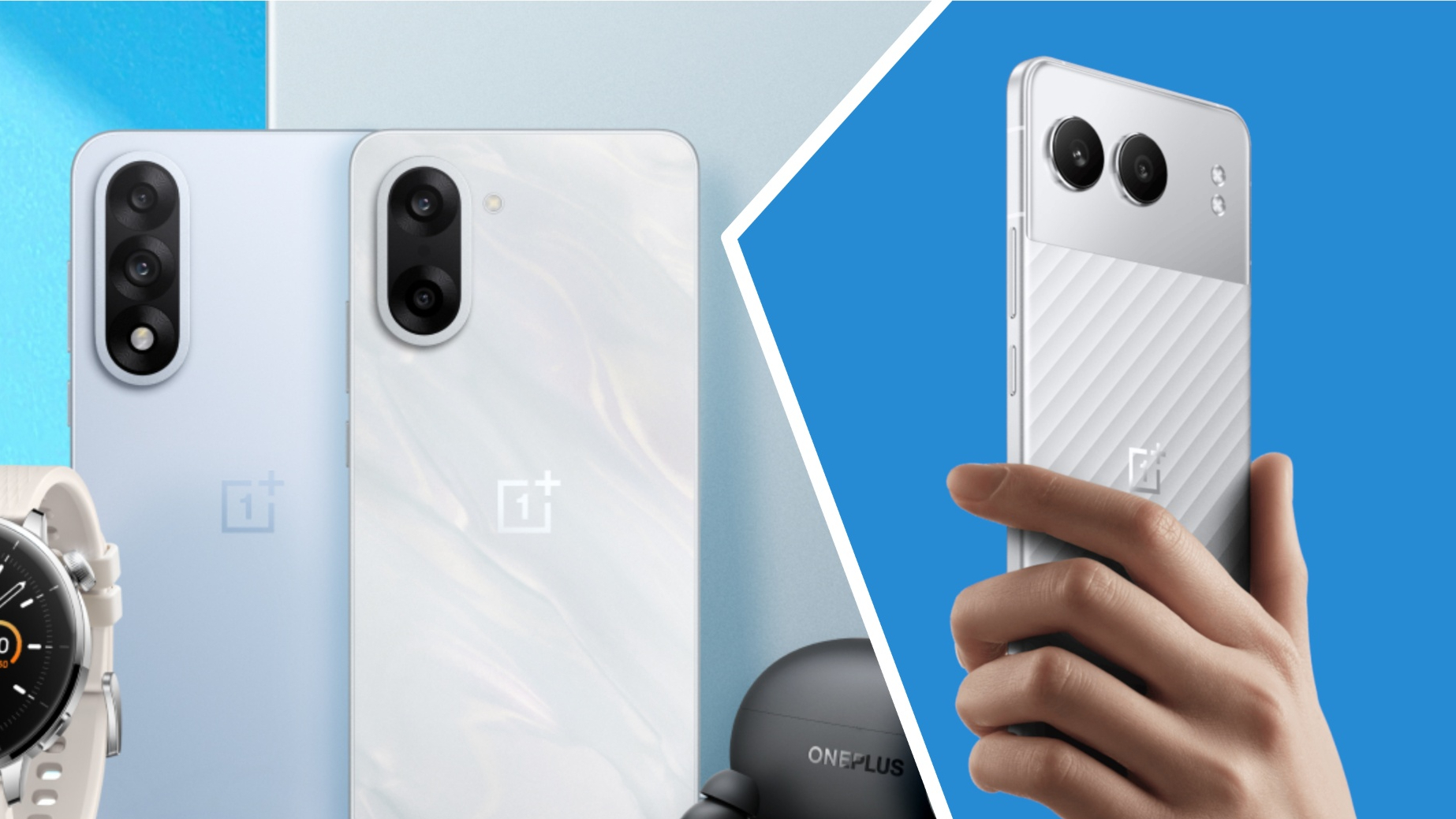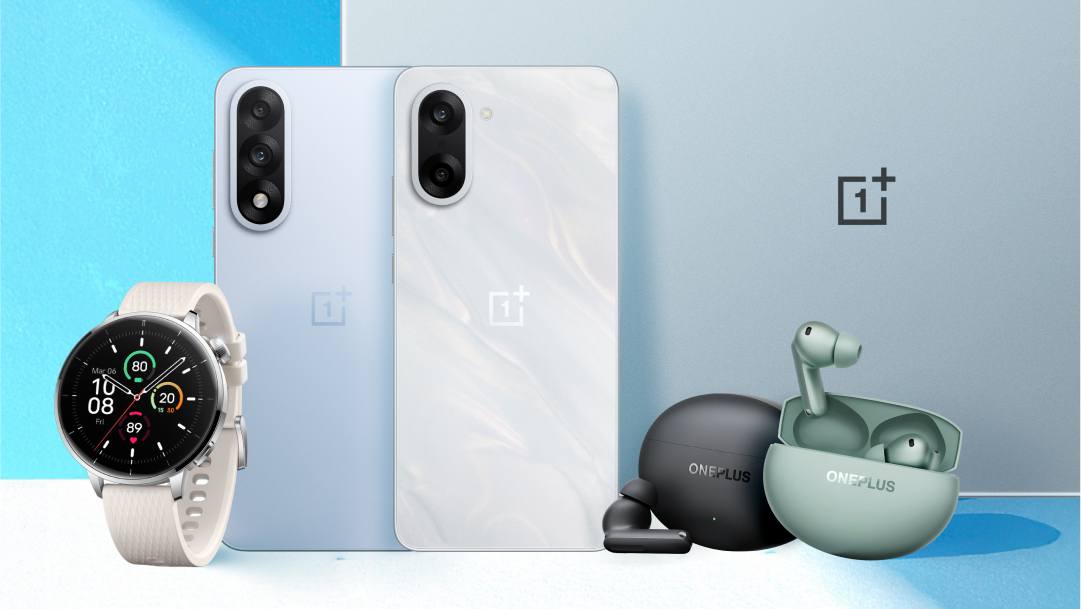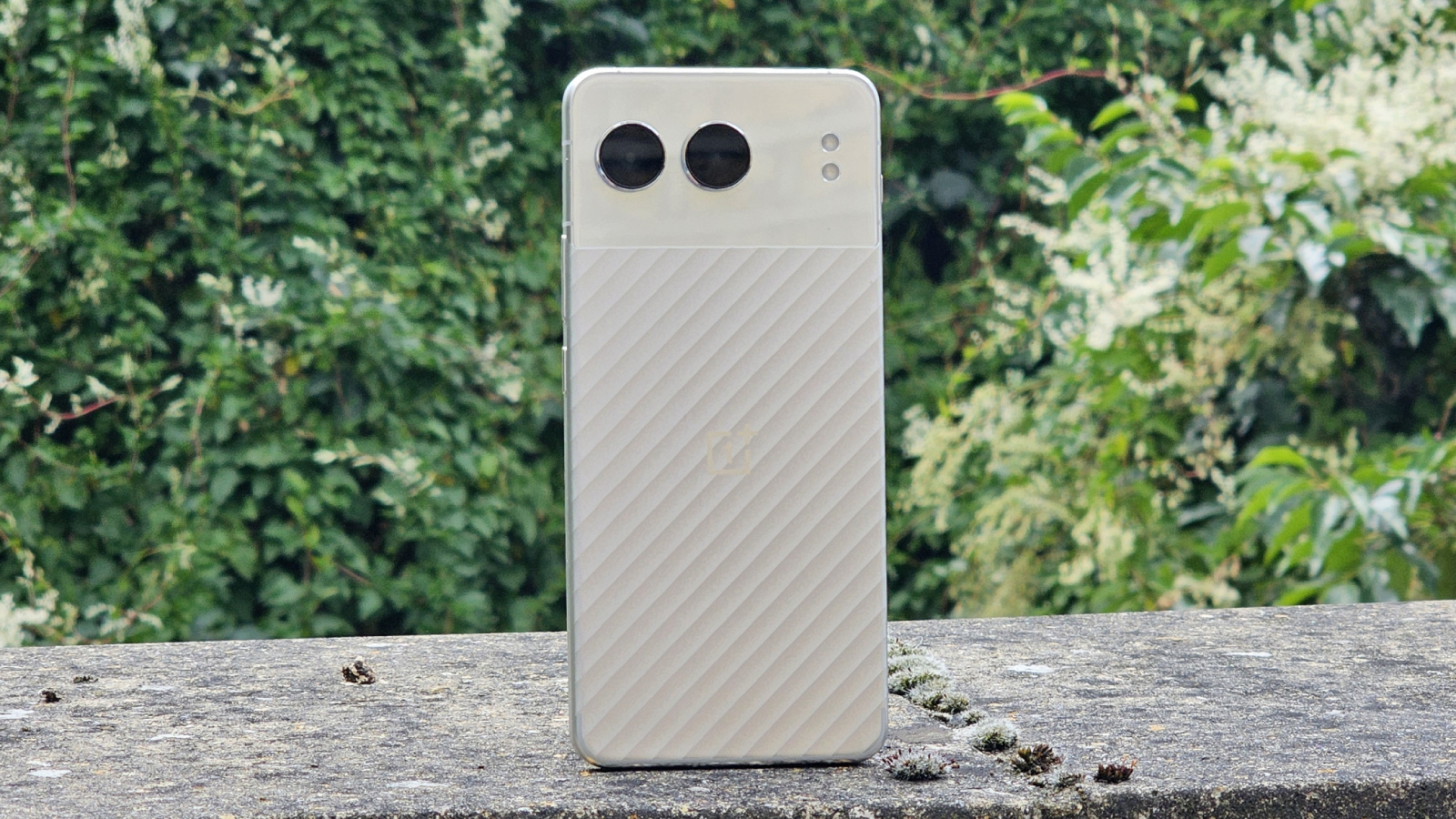OnePlus ditched metal on the new Nord 5 because its buyers 'prefer styles that are brief, simple, and elegant'

There’s still a lot left to learn about the mid-range OnePlus Nord 5, but following the phone’s official announcement earlier this week, we do at least know that it’ll look dramatically different to the OnePlus Nord 4.
Last year’s model was heavily marketed as being “the only metal unibody 5G smartphone on the market” – according to OnePlus, the Nord 4 used “aircraft-grade aluminum” that made it “sleek, strong and less prone to shatter.” We agreed with that assessment in our OnePlus Nord 4 review, describing the phone’s metal frame as “a small touch that makes the Nord 4 look distinct and feel well-protected against drops and knocks.”
Why, then, has OnePlus decided to do away with metal on the upcoming Nord 5? We put the question to OnePlus’ Chief Marketing Officer for Europe, Celina Shi, in an exclusive interview, and while she wasn’t able to share specifics about the Nord 5’s new design, she did shed some light on why OnePlus has chosen to ditch this seemingly once-important feature.
“While I can't reveal specifics about the OnePlus Nord 5 series materials just yet, I can say that it won't be in a metal frame this year,” Shi explained. “Our design concept for all of our devices is grounded in consumer insight. Following a global survey conducted across Europe, North America, India, and China, we found that our target audience places strong emphasis on practicality in design.”
“They consistently prefer styles that are brief, simple, and elegant. In response to this, in the OnePlus Nord Series this year, we are offering Nordic-inspired design that reflects these values and resonates with our consumers globally.”


Presumably, OnePlus is referring to Scandinavian minimalism when it says “Nordic-inspired design” – and from the first teaser image we’ve seen of the upcoming Nord 5, it's certainly a more stripped-back affair than the two-tone Nord 4 (especially the Mercurial Silver model, which also sports an eye-catching ribbed pattern on its rear panel).
The Nord 5’s colors, too, will likely be inspired by Nordic geography; we already know that the phone will launch in a shade called “Dry Ice”, for instance.
Sign up for breaking news, reviews, opinion, top tech deals, and more.
And if you’re wondering whether the “Nord” name itself has any bearing on OnePlus’ latest design philosophy, it’s more of a happy coincidence. As OnePlus co-founder Carl Pei exclusively revealed to TechRadar back in 2020, “Nord” refers to both “North” in the navigational sense and OnePlus “going back to [its] true north” as a brand.
But the absence of metal isn’t the only big design change coming to the OnePlus Nord 5. With the Nord 4, OnePlus flipped the script on previous Nord models by equipping it with a horizontal camera array, but the Nord 5 will once again sport a vertical camera layout.

“With any smartphone, there is always negotiation between aesthetic design and what's physically possible within those parameters,” Shi explained in relation to the change. “As tech components evolve, so too will our design to make the best-looking products that function optimally.”
“The camera module is vertical in the latest OnePlus Nord Series as this layout optimizes space within the device, allowing us to include a best-in-class chipset, battery, and screen within.”
At the time of writing, we’re only privy to one of those “best-in-class” specs for the upcoming OnePlus Nord 5 – it’ll use a Qualcomm Snapdragon 8s Gen 3 chipset – but here’s hoping we’ll hear more about this potential addition to our best OnePlus phones guide soon.
You might also like
- OnePlus Buds 4 revealed with high-spec dual DAC design and I’m impressed
- Two months on, OnePlus has fixed my biggest problem with the OnePlus Watch 3
- ‘It will take time for foldables to become mainstream’: OnePlus defends decision to delay the OnePlus Open 2 and bow out of the foldable phones race in 2025

Axel is TechRadar's Phones Editor, reporting on everything from the latest Apple developments to newest AI breakthroughs as part of the site's Mobile Computing vertical. Having previously written for publications including Esquire and FourFourTwo, Axel is well-versed in the applications of technology beyond the desktop, and his coverage extends from general reporting and analysis to in-depth interviews and opinion.
Axel studied for a degree in English Literature at the University of Warwick before joining TechRadar in 2020, where he earned an NCTJ qualification as part of the company’s inaugural digital training scheme.
You must confirm your public display name before commenting
Please logout and then login again, you will then be prompted to enter your display name.